Refine search
Actions for selected content:
3023 results in Probability theory and stochastic processes
12 - Multivariate normal distribution
-
- Book:
- Understanding Probability
- Published online:
- 05 August 2012
- Print publication:
- 14 June 2012, pp 382-403
-
- Chapter
- Export citation
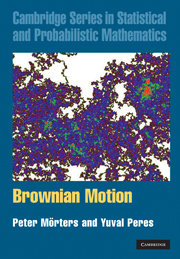
Brownian Motion
-
- Published online:
- 05 June 2012
- Print publication:
- 25 March 2010
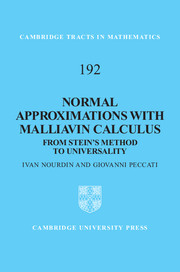
Normal Approximations with Malliavin Calculus
- From Stein's Method to Universality
-
- Published online:
- 05 June 2012
- Print publication:
- 10 May 2012
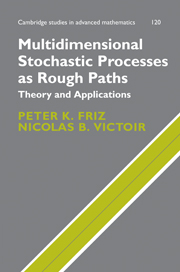
Multidimensional Stochastic Processes as Rough Paths
- Theory and Applications
-
- Published online:
- 05 June 2012
- Print publication:
- 04 February 2010

Probability with Martingales
-
- Published online:
- 05 June 2012
- Print publication:
- 14 February 1991
-
- Textbook
- Export citation
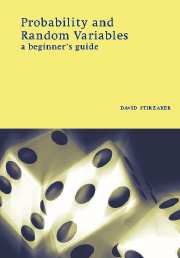
Probability and Random Variables
- A Beginner's Guide
-
- Published online:
- 05 June 2012
- Print publication:
- 02 September 1999

Probability
- Theory and Examples
-
- Published online:
- 05 June 2012
- Print publication:
- 30 August 2010
-
- Book
- Export citation
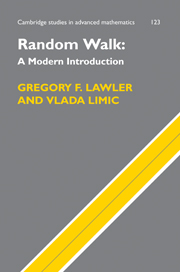
Random Walk: A Modern Introduction
-
- Published online:
- 05 June 2012
- Print publication:
- 24 June 2010

Percolation
-
- Published online:
- 05 June 2012
- Print publication:
- 21 September 2006
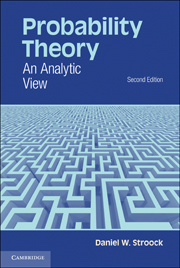
Probability Theory
- An Analytic View
-
- Published online:
- 05 June 2012
- Print publication:
- 31 December 2010
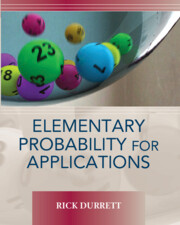
Elementary Probability for Applications
-
- Published online:
- 05 June 2012
- Print publication:
- 31 July 2009
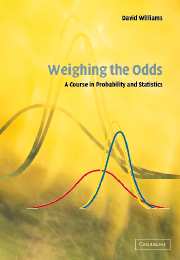
Weighing the Odds
- A Course in Probability and Statistics
-
- Published online:
- 05 June 2012
- Print publication:
- 02 August 2001
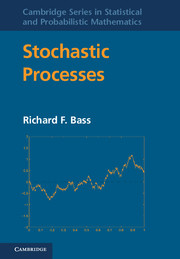
Stochastic Processes
-
- Published online:
- 05 June 2012
- Print publication:
- 06 October 2011

Probability on Graphs
- Random Processes on Graphs and Lattices
-
- Published online:
- 05 June 2012
- Print publication:
- 24 June 2010
Appendix E - Some results from functional analysis
-
- Book:
- Normal Approximations with Malliavin Calculus
- Published online:
- 05 June 2012
- Print publication:
- 10 May 2012, pp 225-226
-
- Chapter
- Export citation
11 - Homogeneous sums and universality
-
- Book:
- Normal Approximations with Malliavin Calculus
- Published online:
- 05 June 2012
- Print publication:
- 10 May 2012, pp 179-196
-
- Chapter
- Export citation
4 - Multidimensional Stein's method
-
- Book:
- Normal Approximations with Malliavin Calculus
- Published online:
- 05 June 2012
- Print publication:
- 10 May 2012, pp 79-88
-
- Chapter
- Export citation
Introduction
-
- Book:
- Normal Approximations with Malliavin Calculus
- Published online:
- 05 June 2012
- Print publication:
- 10 May 2012, pp 1-3
-
- Chapter
- Export citation
Appendix C - Distances between probability measures
-
- Book:
- Normal Approximations with Malliavin Calculus
- Published online:
- 05 June 2012
- Print publication:
- 10 May 2012, pp 209-214
-
- Chapter
- Export citation
5 - Stein meets Malliavin: univariate normal approximations
-
- Book:
- Normal Approximations with Malliavin Calculus
- Published online:
- 05 June 2012
- Print publication:
- 10 May 2012, pp 89-115
-
- Chapter
- Export citation
